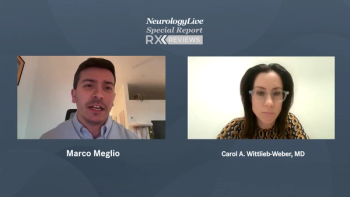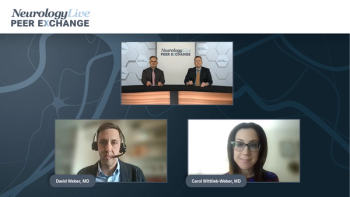
Standard of Care and Role of Rescue Medications in Epilepsy
A panelist discusses how standard antiseizure therapies control seizures in most patients, but the persistent challenge of breakthrough and drug-resistant epilepsy underscores the critical role of timely rescue medication use to prevent complications and empower proactive at-home management.
Summary for Physicians:
Episodes in this series

Effectiveness of Standard of Care in Epilepsy:
Current standard treatments, including antiseizure medications (ASMs), are effective in achieving seizure control in approximately two-thirds of patients with epilepsy. However, about 30% to 40% of patients remain refractory to treatment, highlighting the ongoing challenge of drug-resistant epilepsy.
Prevalence of Breakthrough Seizures:
Breakthrough seizures––seizures that occur despite ongoing treatment––are relatively common, even in patients whose condition is generally well controlled. These events may be triggered by missed medication doses, illness, stress, sleep deprivation, or changes in drug levels. Their occurrence can increase risk of injury, reduce quality of life, and increase health care utilization.
Role and Efficacy of Rescue Medications:
Rescue medications (eg, benzodiazepines such as diazepam, midazolam) play a vital role in the acute management of breakthrough seizures. They are typically administered via intranasal, buccal, or rectal routes and are designed for rapid, at-home intervention. When used appropriately, they can:
- Abort ongoing seizures effectively
- Prevent progression to status epilepticus
- Reduce emergency department visits and hospitalizations
- Empower patients and caregivers to manage seizures proactively
Timely administration is key to maximizing their efficacy and minimizing seizure-related morbidity.
Newsletter
Keep your finger on the pulse of neurology—subscribe to NeurologyLive for expert interviews, new data, and breakthrough treatment updates.



